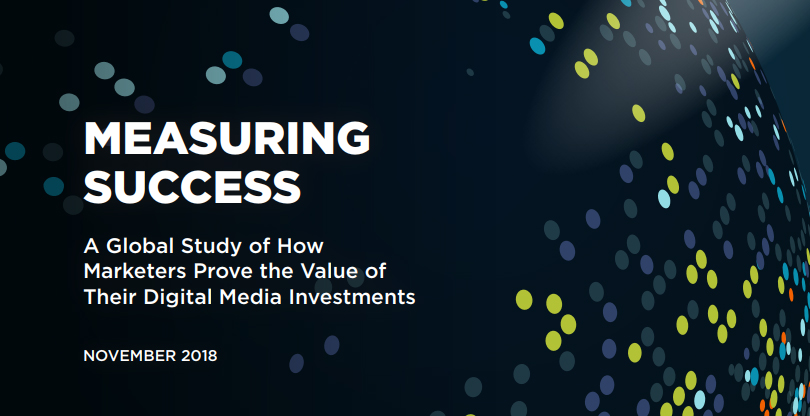 Xaxis, GroupM’s programmatic media arm, surveyed around 5,000 digital media marketers across 16 markets to find out how satisfied marketers around the world were with their existing methods of measuring the success of digital display campaigns - especially in terms of how they deliver against their strategic business and marketing goals.
Xaxis, GroupM’s programmatic media arm, surveyed around 5,000 digital media marketers across 16 markets to find out how satisfied marketers around the world were with their existing methods of measuring the success of digital display campaigns - especially in terms of how they deliver against their strategic business and marketing goals.
Xaxis 2018 Outcome Media Report reveals that the vast majority plan to increase their investment in the emerging field of ‘outcome-driven media’ to address growing media complexity and to better understand the impact of their campaigns on business results.
In its survey, Xaxis asked what the main barriers were to move to new metrics, and whether digital marketers were planning to increase their investment in ‘outcomes-driven media’. This was defined as “planning and optimizing campaigns against KPIs – often tailormade for an advertiser or campaign - that are much more closely aligned to the marketer’s ultimate marketing and business goals”.
For example, outcome-driven media might be focused on custom-made footfall, ‘cost per incremental visitor’, or brand lift and viewability metrics, rather than less direct proxies for success such as cost per thousand (CPM).
All in all, the survey found that 88% of marketers in the Asia Pacific region are planning to increase their investment in the emerging field of ‘outcome-driven media’ over the next 2 years. However, there is a mixed picture in relation to how marketers view existing ways of measuring digital media success.
The majority (90%) of APAC marketers surveyed said the primary metrics they used – most commonly cost per acquisition (CPA), cost per completed view (CPCV), cost per click (CPC), and click-through rate (CTR) - were very or somewhat effective in evaluating the success of campaigns against strategic marketing goals.
However, almost three quarters (74%) either strongly or somewhat agreed that evaluating digital media spend had become more difficult over the past five years and almost four in five (79%) said they were very or somewhat likely to change the primary metric they used to measure campaigns over the next 12-24 months. For marketers in India, the need was even clearer, with 91% agreeing they were likely to change how they measure campaigns.
The research highlights that linking digital media spend to business impact is critical for marketers. More than 9 out of 10 (92%) said they use one or more custom KPIs to link the impact of digital display campaigns on ‘measurable business results’ and more than four-fifths (87%) strongly or somewhat agreed that it was “essential for digital campaigns to drive a direct correlation”. However, this figure varied between countries region. While 94% of Indian marketers felt that this connection was vital, only 80% of Australian marketers agreed.
The research also reports that 84% of marketers surveyed agreed that being able to link business objectives to digital media spend ‘positively impacted’ their marketing budget and the same majority agreed that understanding how media can meet business objectives allowed their organization to have a measurable advantage over competitors.
When asked what their organization’s priorities were for media spend in 2019, the top answer for APAC marketers (45%) was ‘increased efficiency’, followed by ‘demonstrating that marketing strategy aligns with business objectives’ (42%), ‘improving ad viewability levels’ (36%) and ‘effective allocation of resource’ (36%). ‘Gaining full transparency of campaign performance’ and ‘Establishing effective benchmarks in measuring campaign successes were tied 5th- with 33% of survey respondents each.
Nicolas Bidon, global CEO of Xaxis, commented: “The research clearly demonstrates that outcome-driven media is a key priority for APAC marketers moving into 2019, with a continuing focus on proving the link between digital media spend and business success. The research sends a clear message to the industry that, when business objectives are linked to digital spend, there is a positive uplift on budgets to enable those businesses to secure greater competitive advantage.” (Source: Xaxis)
By MediaBUZZ


